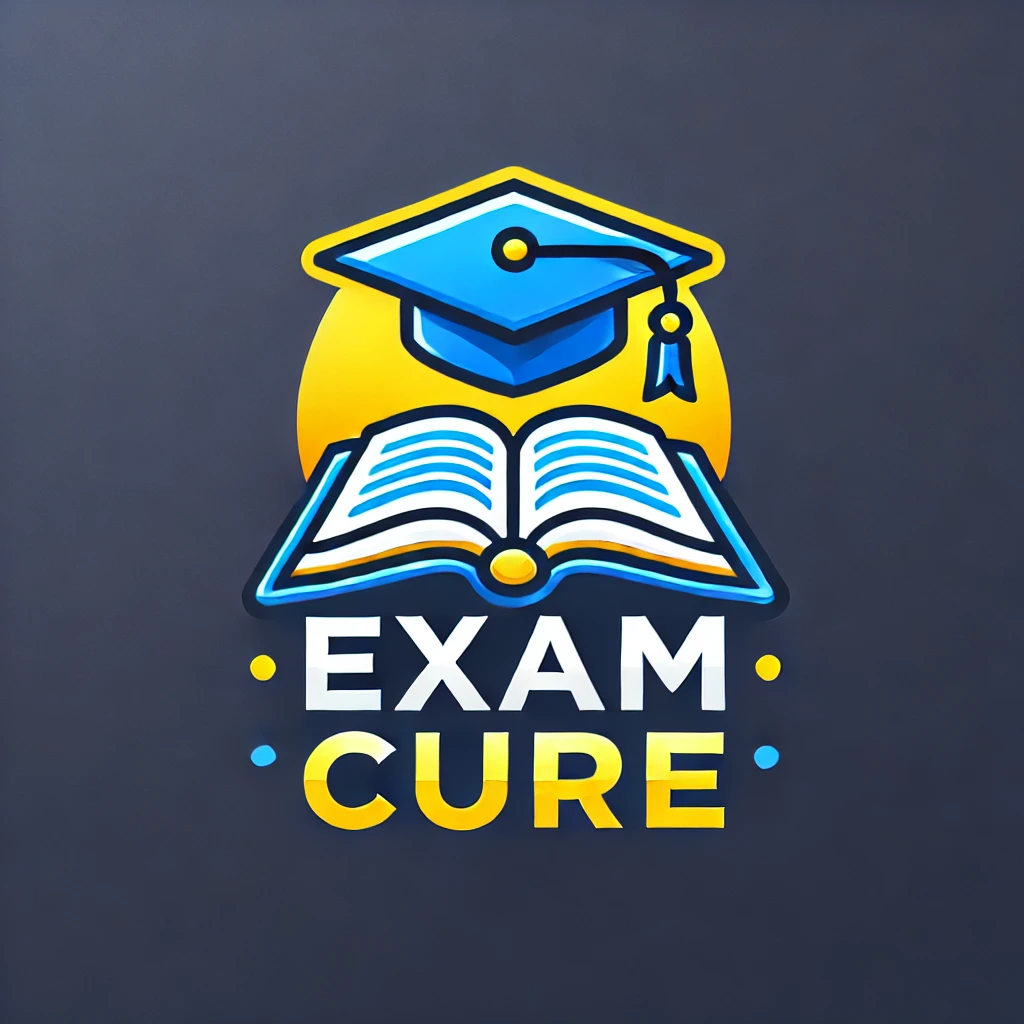Ace Radiographer DHA Prometric Exam
Ready to pass the DHA Prometric Examination of Radiographer ? Then prep for the DHA Prometric exam with Exam Cure . Gain access to more than 1000 review practice questions with detailed explanations for both correct and incorrect responses.
The Radiographer question bank follows the exam content outline for the DHA Prometric exam of Radiographer.
Course contents
Pricing
Money Back if you don't Pass
3 Monthly
Key Radiographer DHA Prometric Exam Q Bank Features &Benefits
Thorough Explanations
Test Exams & Unlimited Quizzes
Do better on your exams with answers.
Study at your own pace
About the Question Bank
Multiple-choice questions
Radiographer DHA Prometric Exam Overview
How many hours is the Radiographer Exam?
How many questions is the Radiographer Exam?
What topics are covered on the Radiographer DHA prometric Exam?
More About the Radiographer DHA Prometric Exam
Radiographer Prometric Exam
Duration: 3 Hours
Number of Questions: 150
Exam Code: RAD5152
Fee: USD 240
Pass Score: 55%
---
Exam Coverage
1. Patient Management
Focus Areas: Effective communication, patient preparation, and positioning.
Key Concepts:
Patient care and safety during radiologic procedures.
Addressing patient needs and managing different types of patients (e.g., pediatric, geriatric).
Tips: Familiarize yourself with patient positioning techniques and patient safety protocols.
2. Radiation Protection
Focus Areas: Principles and applications of radiation safety.
Key Concepts:
ALARA (As Low As Reasonably Achievable) principle, protective measures for patients and staff.
Use of shielding, dosimeters, and radiation monitoring.
Tips: Study guidelines for radiation exposure limits and protective equipment use.
3. X-ray & CT
Focus Areas: Basics of X-ray and CT imaging, including techniques and safety.
Key Concepts:
Technical factors, image quality, and contrast media use in X-ray and CT.
Patient positioning for optimal imaging in X-ray and CT.
Tips: Understand the different settings and applications of X-ray and CT technology.
4. Health and Safety
Focus Areas: Safety protocols in the radiology department.
Key Concepts:
Infection control, emergency response procedures, and personal protective equipment (PPE).
Ergonomic practices to prevent injury in radiographic practice.
Tips: Review health and safety standards, focusing on infection prevention and department safety protocols.
5. Ultrasound & MRI
Focus Areas: Principles and applications of ultrasound and MRI imaging.
Key Concepts:
MRI safety protocols, handling of ferromagnetic objects, and contrast agents.
Basics of ultrasound physics, techniques, and image interpretation.
Tips: Familiarize yourself with MRI safety zones and ultrasound transducer handling.
6. Nuclear Medicine
Focus Areas: Fundamentals of nuclear imaging and radiopharmaceuticals.
Key Concepts:
Types of nuclear medicine scans (e.g., PET, SPECT) and patient preparation.
Radiation safety measures specific to nuclear medicine.
Tips: Study the roles of different radiopharmaceuticals and safety measures for handling them.
7. Operation of Equipment
Focus Areas: Proper handling and operation of radiographic equipment.
Key Concepts:
Routine maintenance, calibration, and troubleshooting of imaging machines.
Understanding technical specifications for equipment use.
Tips: Get hands-on practice with equipment operation and maintenance protocols.
8. Fluoroscopy
Focus Areas: Basics of fluoroscopy imaging and its applications.
Key Concepts:
Fluoroscopy procedures, safety considerations, and real-time imaging.
Radiation protection specific to fluoroscopic exams.
Tips: Emphasize safety protocols to minimize radiation exposure during continuous imaging.
9. General Anatomy, Patient Safety, Professionalism & Ethics
Focus Areas: Understanding of anatomy, professionalism in patient interaction, and ethics.
Key Concepts:
Anatomy relevant to radiography for accurate positioning and imaging.
Ethical considerations, patient consent, and confidentiality.
Tips: Review anatomical structures commonly imaged and guidelines for ethical practice.
10. Procedure Management
Focus Areas: Planning, executing, and documenting radiographic procedures.
Key Concepts:
Protocols for imaging procedures, record-keeping, and patient follow-up.
Time management and workflow efficiency in the radiology department.
Tips: Study the workflow of different procedures and documentation standards.
---
Study Recommendations
1. Blueprint-Based Preparation
Allocate study time based on the weight of each topic. Focus more on high-yield areas like radiation protection, patient management, and equipment operation.
2. Core Textbooks and References
Recommended Books:
Bontrager's Textbook of Radiographic Positioning and Related Anatomy – Core knowledge on positioning and anatomy.
Introduction to Radiologic and Imaging Sciences and Patient Care – Overview of patient care and imaging sciences.
Radiation Protection in Medical Radiography – Essential for understanding radiation safety protocols.
MRI in Practice by Catherine Westbrook – Important for MRI safety and principles.
CT & MRI Pathology: A Pocket Atlas – Useful for understanding pathologies in CT and MRI.
3. Practice with Clinical Scenarios
Many questions are scenario-based. Practice with clinical scenarios to apply theoretical knowledge in practical settings.
4. Mock Tests and Timed Practice
Take timed mock exams to improve pacing and comfort with the question format. Identify weaker areas and focus on revisiting those topics.
5. Review Guidelines and Protocols
Emphasize safety protocols, infection control, and patient care guidelines, especially in high-risk settings like nuclear medicine and fluoroscopy.
6. Stay Updated on Recent Guidelines
Review updated guidelines on radiation protection, equipment safety, and patient care practices.
---
By following this structured outline and focusing on the key areas highlighted in the blueprint, you can improve your readiness for the DHA Radiographer Prometric Exam. Good luck!

